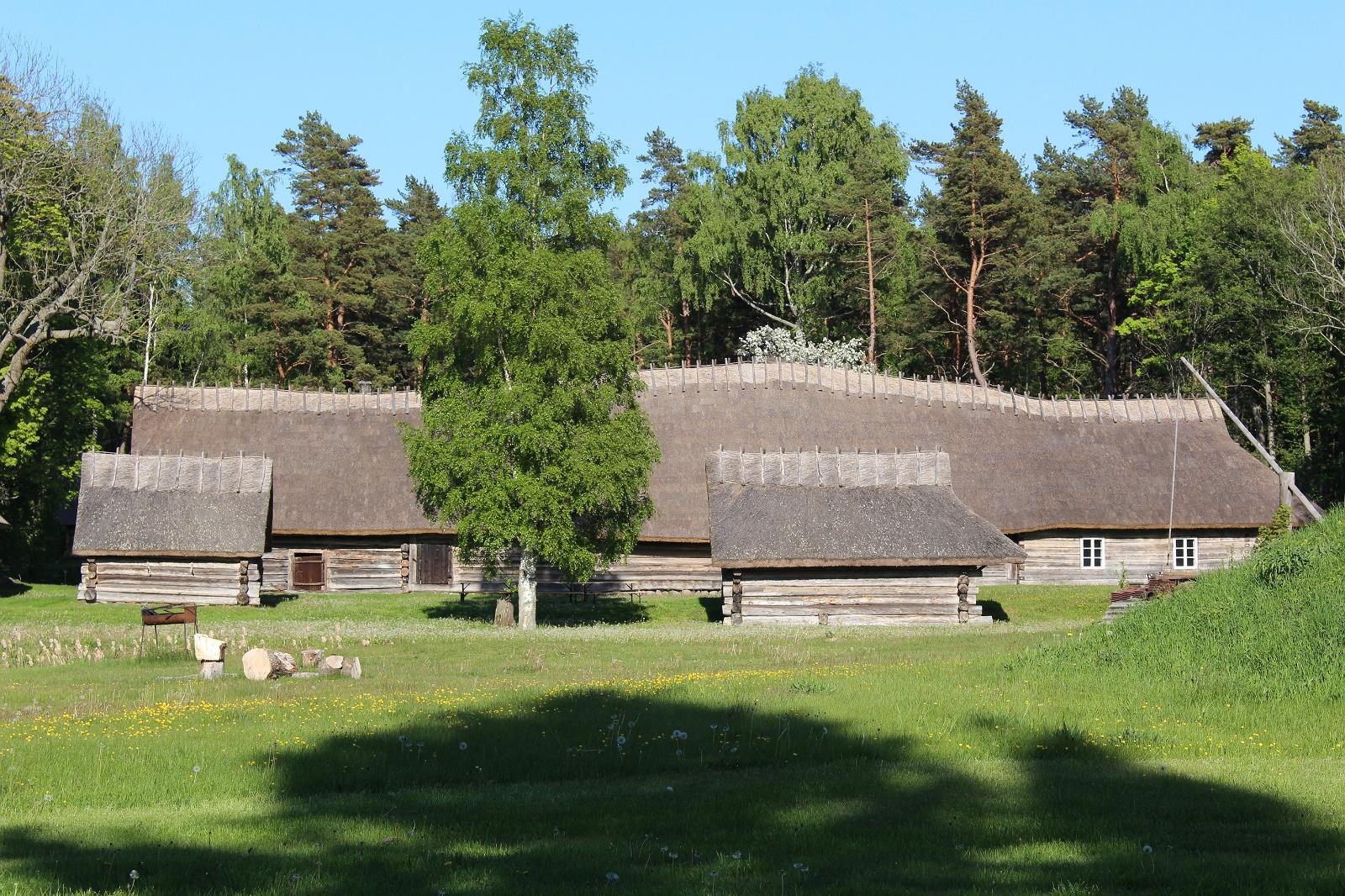- Museum
- Exhibitions
- Activities
- Information
- Ruhnu Museum
 Opening HoursLearn More
Opening HoursLearn MoreThe Ruhnu Museum is open to visitors throughout the summer. If the door is locked, please call +37256675269.
Ticket PricesAdult: 5 €
Senior, Student, Teacher: 4 €
Student: 2 €
Family (2 adults & children): 10 €Payment can be made in cash or by card!
* It is possible to book the smoke sauna.Contact:Ruth Keskpaik
+372 56675269ruhnu@aiboland.ee


About the Museum of the Coastal Swedes
The goal of the Museum of the Coastal Swedes is to research, preserve, and present the history and cultural heritage of the Estonian Swedes who lived in the West Estonian archipelago and mainland.
Swedes have been settling the coastal areas of Northwest Estonia and various islands for over 1000 years. The reasons for this settlement were likely varied: the seafarers of that time were probably interested in coastal settlements to have safer support points during voyages, the Baltic German nobility was interested in Christian peasants, and certainly, there was the timeless human desire for adventure and the wish to see and conquer new uninhabited areas.
In any case, the Swedes in Estonia formed a fairly closed community due to geographical boundaries and certainly the language barrier. Valuing their origin and culture highly was the key to their survival despite their small number. This Swedish settlement came to an end with a violent event—World War II, when most Estonian Swedes were forced to flee their homes and escape to Sweden due to fear of Soviet occupation. When the Soviet regime collapsed, and people started talking about the Estonian Swedish culture again, it was clear that despite the return of lands, it would be naive to hope for the revival of the coastal Swedish culture as vibrant as it was before the war. However, with the collective efforts of Estonian Swedes who lived in Estonia during the occupation, the Museum of the Coastal Swedes was established to preserve the remnants of this culture.
A suitable location was found in Haapsalu’s Old Harbor which Estonian Swedes knew well.
Even though the museum was officially registered on December 28, 1992, it took several years to gather items and complete construction before the first exhibition opened in June 1998 with the grandiose and theatrical Vormsi weddings.
Due to the understandable difficulties of collecting items from a cultural space that disappeared over 70 years ago, the museum emphasizes other lines of activity. Each summer, various activities are planned—in addition to the aforementioned Vormsi weddings, Pakri and Vihterpalu weddings have also been celebrated. Three traditional coastal Swedish boats have been built in front of visitors: the Vormsi rupa, Ruhnu lodja, and jaala. Regular fish smoking days and a winter family day are also held. A crucial prerequisite for advancing the scientific aspect is the museum’s library, which is likely the best collection of its kind in Estonia. Strong collaboration with universities should ensure ongoing research into the lifestyle and history of the Estonian Swedes. The goal is to be an improvised cultural center, capable of offering various opportunities to different visitors—from viewing exhibitions to boat rides and hosting conferences.
-
Museum Ticket Prices:
-
Adult 5 €
-
Senior, Student, Teacher 4 €
-
Student 2 €
-
Family (2 adults & children) 10 €
Museum of the Coastal Swedes Opening Hours:
01.09-30.04: Tue-Sat 10:00-16:00
02.05-31.05: Tue-Sat 10:00-18:00
01.06-31.08: Tue-Sat 10:00-18:00
Mon and Sun 10:00-16:00
info@aiboland.ee
+372 47 37165
Information
Ruhnu Museum
+372 56675269
ruhnu@aiboland.ee
Opening Hours
The Ruhnu Museum is open to visitors throughout the summer.
